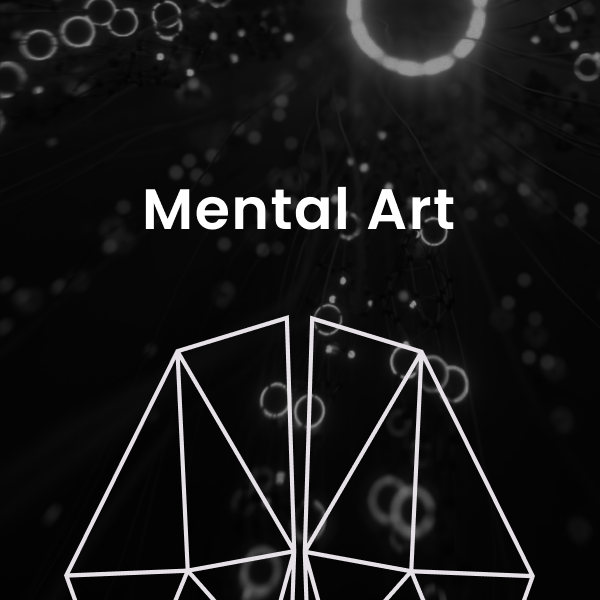

Fear Unmasked: The Little Albert's Experiment and the Intrigue of Human Emotions
11/21/2023In the space of human emotions, few are as gripping and enigmatic as fear. From the subtle shivers that crawl up our spines to the paralyzing grip that renders us immobile, fear has the power to shape our lives in profound ways. Within the tangled web of fear, we can unveil fascinating findings that challenge our understanding of how fears can be implanted in an individual's mind.
Let's talk about an experiment that demonstrates how easily one may be made fearful. It's called Little Albert and was conducted in the raging 20th century. Although this was a significant step forward in behavioral psychology, the use of a toddler in the experiment and the potentially painful nature of the study prompted considerable ethical concerns.
John Watson and his assistant, Rosalie Rayner, exhibited a white rabbit to a young boy named Albert. Albert was less than a year old at the time. When he encountered the white rabbit during the experiment, he wasn't afraid. In fact, he found the rabbit quite amusing. However, Watson and Raynar didn't bring Albert in simply to show off the rabbit. After some time, they repeatedly introduced the sound of a hammer striking a metal plate. As the sound can be disturbing for adults in modern times, imagine a toddler — Albert, suddenly fearful after hearing the sound of the hammer. The alarming noise was the primary culprit. Little Albert's dread of the white rabbit was evident after several such tries, even when the loud sound was absent. When first introduced to the white rabbit, Albert found it humorous. The terror developed, however, when the rabbit was linked in his mind with the terrifying sound of the hammer hitting the metal plate.
Generalized anxiety disorder was on display when Albert's dread of rabbits spread to other white-colored items. Although fear is generally regarded as an inborn emotional response, this experiment showed that it can be conditioned and intentionally nurtured. The sudden, loud noise created a conditioned response, evoking dread even when there was no longer any danger present. It indicates that fear is the result of mental associations formed in response to certain triggers, a complex interplay between the mind's surface and its inner workings.
However, it's important to highlight why this experiment is cruel: Albert was not given post-experiment psychiatric care to help him deal with any potential negative emotional effects. And the fate of the child is a complete mystery. A child's mental health may suffer as a result of his early experiences, such as traumatic obstacles and continual anxiety.
The Little Albert experiment stands out as a watershed moment in the unfolding mystery of human emotions.




